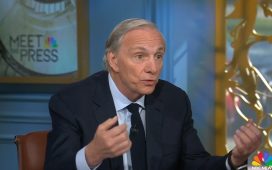When serious problems emerged with Bethnal Green Mission Church’s building just over a decade ago, Michael Houston, minister in charge of the east London congregation, faced a choice.
Houston, whose church is independent of any denomination, recalls thinking he could face an indefinite future of fundraising to keep BGMC’s leaky, 1950s-built concrete building going. Alternatively, he realised, they could do something radically different.
That moment set the church on the road towards becoming one of hundreds of religious organisations around the world to undertake a joint redevelopment with a commercial partner. The project, completed between 2016 and 2018, replaced the unsightly old building with a light-filled, flexible complex and a flat for the church’s minister. The work was paid for by the sale of 14 new apartments above the church buildings by Thornsett, the developers.
Such schemes have become increasingly popular in recent years for religious organisations dealing with the outlay of maintaining ministry in expensive cities. Many face high running costs and dwindling congregations in buildings designed for the religious practices of 100 or more years ago. The developments in many cases use underutilised, low-rise plots to create far denser buildings mixing housing, church and community spaces.
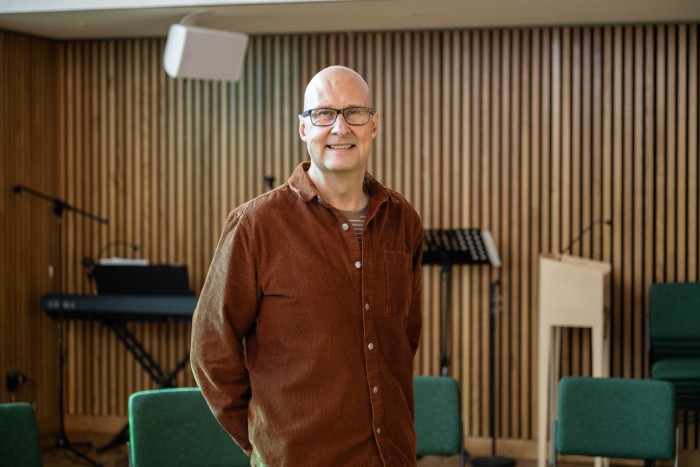
Projects have ranged from a development that grafted apartments on to the Grade II* heritage-listed Victorian St Mary of Eton church in Hackney Wick, north-east London, to a $1bn redevelopment of several blocks of the neighbourhood of East New York, in Brooklyn, by Christian Cultural Center, a large evangelical church.
The Church of England, the country’s established church, encouraged such developments in its “Coming Home” report, in 2021, written by a specially established commission. Graham Tomlin, a bishop who was its vice-chair, says the report encouraged churches to be imaginative in the use of their property to help tackle the shortage of quality homes in many cities.
“If churches can think creatively about the land and property they use, to ensure an ongoing worshipping presence in the community and yet also enable their land to provide good quality housing . . . that can only be a good thing,” Tomlin says.
BGMC, meanwhile, has not only gained a far better building, according to Houston, but a congregational life revived partly by the opening of a café, The Beehive, facing on to busy Cambridge Heath Road. A “significant” number of people became involved with the church after visiting the café, he says.
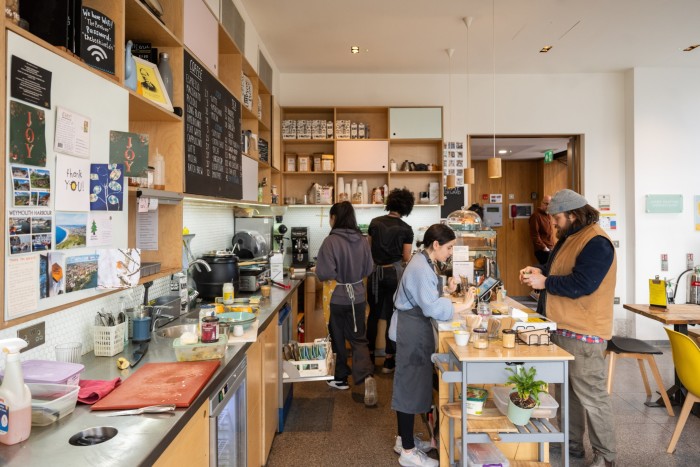
“It’s a welcoming building,” Houston says. “You’ve got the café. You can walk in. They’re floored by the architecture and, hopefully, dazzled by the welcome they get from the community.”
Mitchell Brand, director of land and marketing for Thornsett, the developer that undertook the BGMC project and has completed eight other similar works for churches in London, says the change is typical. “Just bringing people into the building helps to break down barriers and start conversations about what’s going on there more broadly,” he notes.
The drivers for development were different for Mosaic Jewish Community, a new site in Stanmore, north-west London, where three progressive synagogues have come together to found a joint site featuring a worship space and housing.
Anthony Lazarus Magrill, rabbi of one of the congregations, Mosaic Masorti Synagogue, says that in recent decades all three synagogues have lost members as the local Jewish community has gravitated out into suburban Hertfordshire. Masorti Judaism marries relatively liberal theology with more formal liturgy than other progressive Jewish denominations.
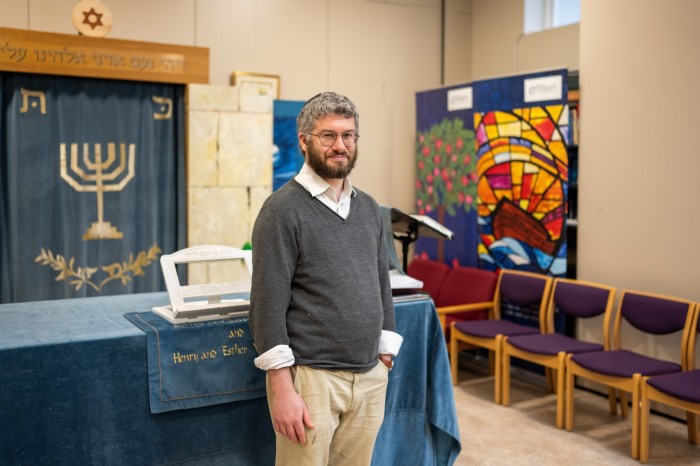
“Christians are somewhat bound by the idea that anybody can become Christian, that wherever you are you can evangelise,” Lazarus Magrill says. “As a non-proselytising religion, we have more freedom to follow demographic trends.”
Mosaic Reform Synagogue in 2018 bought the site for the synagogue — a former petrol station — as part of a deal in which developers acquired the community’s former place of worship for redevelopment. The Reform synagogue then agreed a lease that allowed the other two groups to use the building.
The project, by the developer Griggs, was funded by the construction and sale of nine flats above the worship space. The building was completed in 2022, although it formally opened in September last year. The main space can form one large venue for joint events but also has sliding, soundproof walls that allow the holding of three separate, simultaneous services or events.
“What brings people in is community events, children’s playgroups, religious schools, social justice activities,” the rabbi says. “For that, it’s essential that the space can move and be open to all of the various possibilities of Jewish community life.”
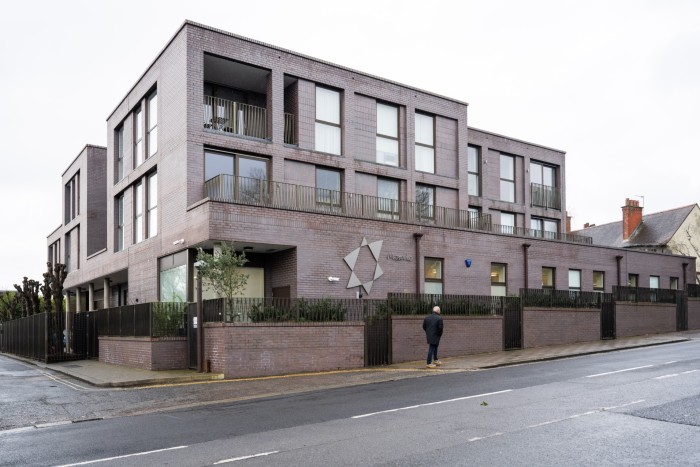
Brand says that Thornsett’s projects have produced similarly positive results. The company’s partnerships with churches have ranged in size from the 14 apartments at BGMC to a development of 220 units under way with Purley Baptist Church on the southern edge of London.
“It’s the nature of development — seeing land that’s underutilised and seeing what is possible and what is right as well,” Brand says.
The logic of development partnerships is compelling for the many religious groups struggling with outmoded buildings and insufficient funding, Brand says. He expects a continuing, steady stream of requests from groups seeking to undertake such projects.
“We can offer better space that’s more suited to their current needs, that can help them to grow their congregation,” he says.











